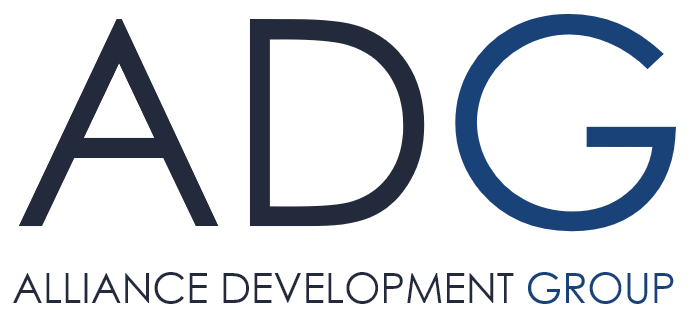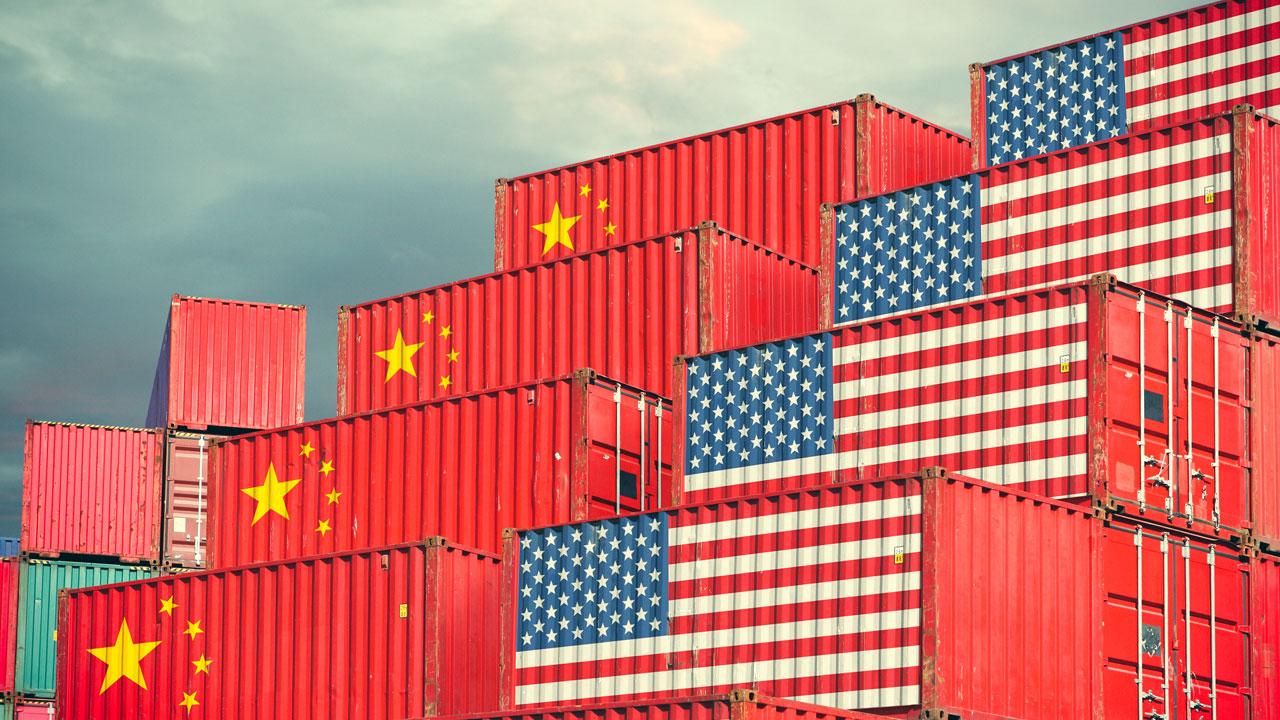China deal timeline: Understanding how it works
Written by ADG China
09/24/2016

China has become a must-do market for many, if not most, Western technology companies. Yet so many executives want to hit their heads against the wall because they can’t seem to understand the China deal timeline. They can’t get beyond their first few meetings that always seem to show great potential.
We have found in practice that working with Chinese companies may be easier than working with companies like Apple, Google or Samsung.
Yet despite the opportunity that China presents, many American and European technology companies experience China projects and deals that won’t close or just keep going in circles. The story usually goes something like this:
“We’re trying to do business in China. We went there, had high level executive introductions and a bunch of great meetings. Everyone generally seemed engaged and interested. After we came back we signed some NDAs and engaged in a lot of follow-up meetings but 6, 9, or 12 months later, nothing has gone anywhere and we have no clear idea of what’s really going on.”
Entering the China market without an understanding of how it works and the resources to manage the day-to-day effort on the ground can result in China becoming a black hole and money pit.
An important and challenging aspect of China market expansion is to understand if there is a real match. Are you being used as a science project? Or maybe there is no interest in working with your company at all, but the other side is simply too polite to tell you directly — this often happens when introductions are done through senior relationships.
In practice, if you genuinely have a special technology that brings real value to the China customer and it cannot be easily replicated, then the odds are the challenge is more about how to work with them to support their own efforts to move it through their organization. Get this right and things can move more quickly and reliably in China than in the West.
A China deal timeline is often different than in the West
An American executive expecting to pitch a decision maker, prove a technology, negotiate price and move into production will encounter a different set of experiences in China.
The decision making process in China typically requires support from many different departments and groups (such as product management, procurement, R&D, sales & marketing, international strategy and cooperation, among others) as well as different management levels. The issue of silos within the organizations can also be more pronounced — where a pricing discussion may come from a group level entity and a business decision might need to come from a product manager or from end-customer demand out of a specific country or local market. And then there are the much feared R&D departments that can be a death zone for many companies that haven’t identified the internal champion that has the courage to shepherd your product through the system.
Many Western executives will come to feel that he or she has been sitting at the table with the “wrong person.” It’s a common point of woe: our product is great, but we are often talking to the wrong people. Outsiders complain that they may spend months or quarters in conversations – a much longer China deal timeline than they expected. The people they talk to ultimately lack the influence to convert conversation into agreements.
It’s true, and yet it isn’t. In a sense, outsiders often are talking to the wrong person because there is no “right” person — no individual with the combined enthusiasm and authority to get the ball moving in a productive direction. Everyone seems excited about your idea; no one seems able to do anything about it.
Due to the nature of these China organizations, it can be difficult, risky or inappropriate for the people you are working with to pull together a group of key decision makers from across different departments and management levels to sit at the table together to provide an early view and drive the process forward. This means that without support on-the-ground in China, which is usually necessary to connect the pieces and accelerate the process, business development executives often encounter a sequential path to qualification in China which can require extended data gathering, evaluations, and reports, and then having things bump up the line to the next boss, who in turn may like the idea, but will seek out the approval of even more higher-ups. The ball is moving, but you won’t see it, feel it, or know if your project will be done in any reasonable timeframe.
This absence of a path to make quick group decisions is endemic to the system and likely developed from China’s early days of being a contract manufacturer or ODM for operators where there was little need to have sophisticated decision making processes, as they were mainly taking orders. Today, the companies are growing up quickly and building the internal infrastructure to make thoughtful decisions on their brands and strategy and differentiation — but the disparate decision making process will likely be dominant for years to come.
In China, a successful go-to-market strategy begins with finding people who perceives a real and timely need for your products.
This may be a product manager based in China who wants a new marketing story for their product or it may be someone in the USA selling to a North American customer. Or maybe it is simply someone from the procurement department that sees how you can help in the ever present drive to lower costs. And if you have something really special that can materially influence their products, revenues, or markets, then getting to the top can be the right thing to do too.
Finding your champions can be a challenge in these increasingly complex China organizations, so there is a need to engage these companies both broadly across departments and deeply across team and management levels. For some, it can be helpful to partner with an outside advocate, a firm that already has extensive connections across diverse business lines with a broad range of China customers and partners.



